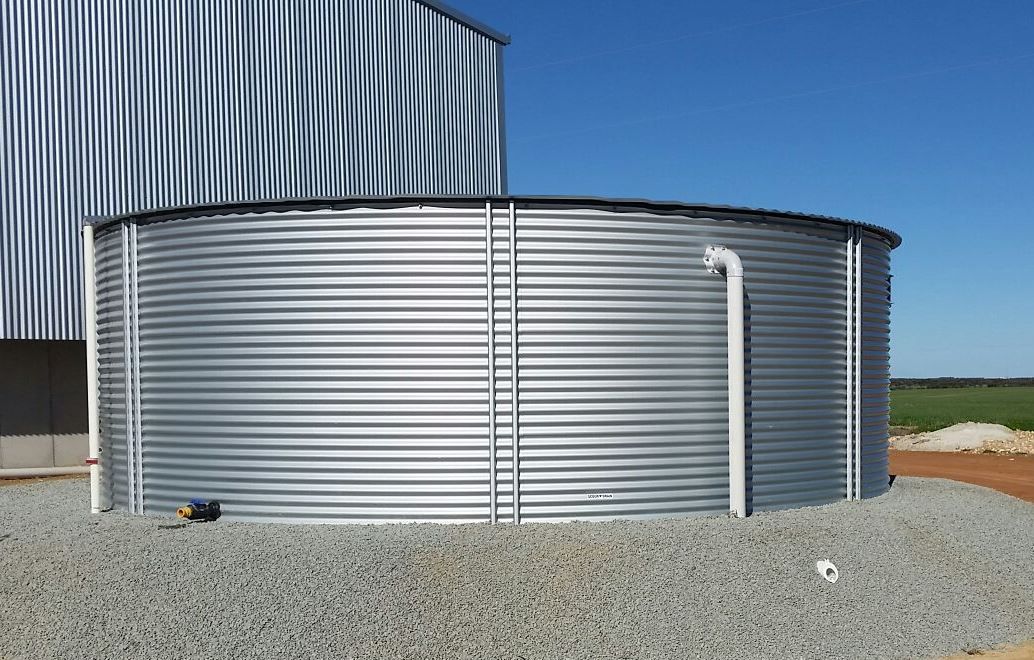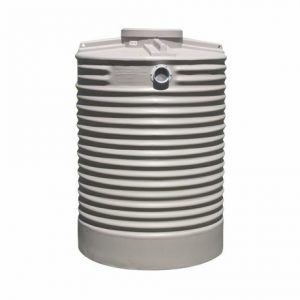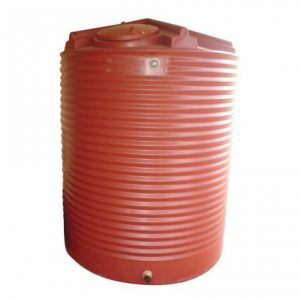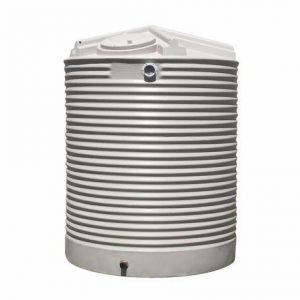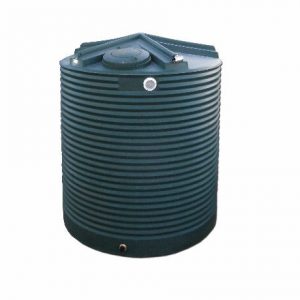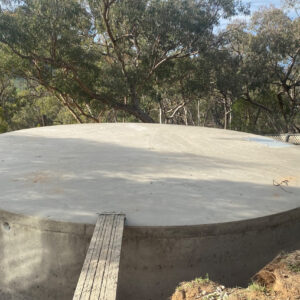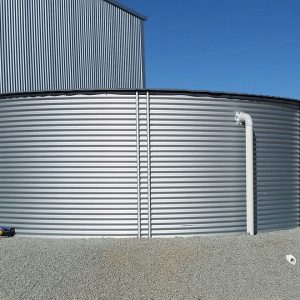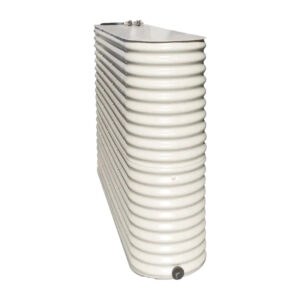Choosing a tank
How to decide between poly water tanks, concrete water tanks and steel lined water tanks
When you’re in the market for a rainwater tank, it soon becomes apparent that there is no one-size-fits-all solution. Tanks come in a range of different sizes, shapes, costs, capacities, and construction materials, each with distinct pros and cons.
Water tanks are chiefly available in poly plastic, concrete, and steel. Whether aboveground or underground, each type serves a different purpose, so it becomes a matter of determining which one is best suited to your specific needs.
Polyethylene (poly) water tanks
One of the most popular options on the market, poly water tanks come with a range of benefits. Made from high-density polyethylene, a durable, flexible thermoplastic, poly tanks are strong and lightweight. This makes them easy to install and available in a range of shapes and sizes, from highly compact slimline water tanks to large capacity tanks up to 50,000L and beyond.
The primary reason people choose poly tanks is affordability. Compared to concrete and steel options, plastic is far cheaper to produce but still offers high quality and longevity. All our poly water tanks are made to stringent AS/NZS 4766 standards, using food-safe plastics (and obviously, are completely safe to drink from!).
You can choose from a range of styles for your space, and poly water tanks won’t ever rust or corrode. We offer 20-year warranties with our poly water tanks, but they often last up to 40 years or more.
Concrete water tanks
Traditionally, most water tanks were made from concrete, and they offer unrivalled strength and lifespan. Pre-cast concrete water tanks are made of cement mixed with water, but often have steel mesh added for increased structural integrity
For the most part, concrete water tanks last forever, and many prefer to spend that bit extra for one. Concrete tanks aren’t cheap, but they are the only tank material that can naturally balance the pH level of the stored water and keep it from becoming acidic.
This is why many are adamant that water from concrete tanks simply tastes better, colder and fresher.
It’s important to keep in mind concrete tanks cannot be easily moved, so only choose this if your water tank is intended to be a permanent fixture.
Steel corrugated tanks
Those looking for the highest quality tank, particularly for greater storage requirements, should take a look at steel liner water tanks.
We specialise in Kingspan, a manufacturer of exceptional modular steel water tanks made from ZINCALUME® or COLORBOND® steel. The steel is coated with zinc to galvanise it and protect against rust and corrosion, with an inner liner made from poly plastic adding an extra layer of protection from any water contamination. This liner is designed to be easily repaired, wet or dry, because we understand the importance of addressing any leak in your water supply as quickly and efficiently as possible.
Like poly tanks, steel water tanks are available in a range of sizes and shapes depending on your application, but are typically used in rural areas and for agricultural purposes.
Slimline water tanks
When space is a premium, slimline water tanks are made from steel or poly plastic and have a narrow profile, making them ideal for high-density living and smaller suburban lots. You can squeeze down the side of your home, neatly tuck one under the eaves, or even put it next to the driveway.
Poly slimline water tanks typically range anywhere from a modest 500L tank all the way up to around 5,000L.
Why Choose Bluewater Tanks?
Having trouble deciding? As a rule of thumb, we say, if you need up to 30,000L of water storage, consider a poly water tank, but for anything higher up to 500,000L, steel is your best bet. Of course, if you’re tight for room, a slimline tank could be just what you need.
As always, the best thing to do when you’re choosing a tank is to speak to the professionals.
We’ve got over 50 years of experience providing the South West and greater Western Australia with the highest quality tanks, expert advice, and personal, dedicated customer service.
We’ll help you decide between poly, concrete and steel water tanks, and offer warranties on all our products for your peace of mind.
Chat with us today on 1300 668 570 or contact us online for all your underground water and rainwater tank needs.

Get In Touch
We’d love to discuss your next water project with you.
Send through a request for a quotation or enquiry.

Quote Request
Request A Quote

Our Location
27a Graham Street
Albany WA 6330

